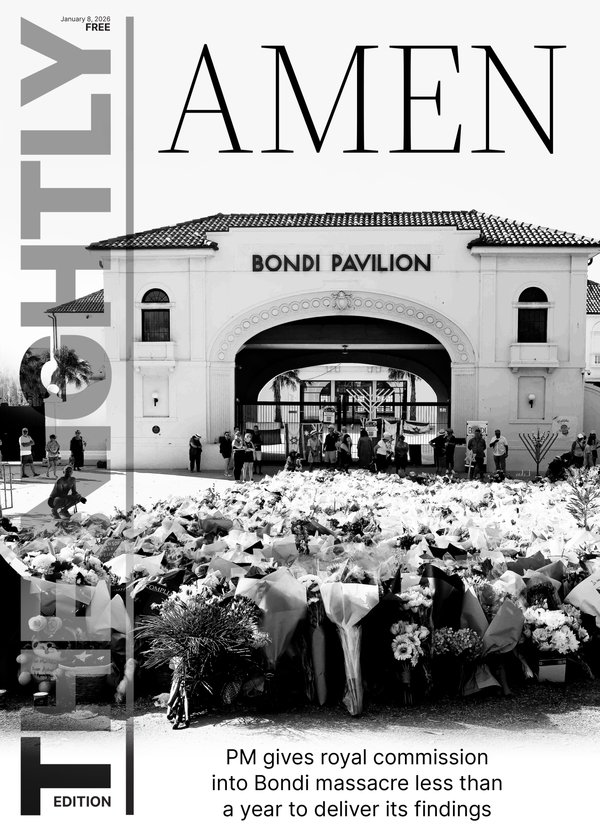Nick Bruining: The big superannuation change that has the potential to affect your contributions

The only significant change to superannuation numbers that occurred on July 1 was a $100,000 increase in the transfer balance cap from $1.9 million to $2m.
This change has the potential to affect how much you can contribute to super and how much ends up being completely tax free in retirement.
That TBC might also affect your ability to drop a windfall, like an inheritance, into your super fund.
Sign up to The Nightly's newsletters.
Get the first look at the digital newspaper, curated daily stories and breaking headlines delivered to your inbox.
By continuing you agree to our Terms and Privacy Policy.The TBC is a limit on the amount than can be transferred from superannuation in accumulation phase, where earnings are taxed at 15 per cent, to retirement phase, where all earnings are tax free.
The most common and popular type of retirement phase “product” is an account-based pension.
Given that most people accessing their super through an ABP will be over 60 years of age, all withdrawals from both accumulation and retirement phases are also tax free.
That means that a properly set up senior won’t need to pay tax or even lodge a tax return in retirement.
The TBC system commenced in July 2017 and at that stage, was set at $1.6m.
Australia’s period of low inflation and a $100,000 increment amount limited the increases up until 2022, when it was lifted to $1.7m. It again rose, to $1.9m, in 2023 and is now $2m.
The significance of these dates is that once you “trigger” your TBC, that limit is set for life and if you maxed-out your TBC previously, you won’t be able to take advantage of the increase.
If, however, you used a portion of the TBC, you can access the unused portion of the increase.
For example, let’s say you retired in 2022 and rolled over $800,000 into an ABP. At that stage, you accessed 50 per cent of the then $1.6m TBC, leaving 50 per cent untouched.
Transition to retirement ABPs are not normally regarded as retirement phase accounts, so don’t trigger the TBC “lock-down”.
With the July 1 increase you can access the unused $800,000, plus 50 per cent of the increase from your original TBC to now, or 50 per cent of the $400,000, meaning an extra $200,000.
The bottom line is you have another $1m to play with.
That could come in handy if you have come into an unexpected windfall, like an inheritance.
But that may have limitations.
The increased TBC also impacts the amount of non-concessional contributions a person can make to superannuation.
In an attempt to reduce the use of superannuation as a tax minimisation tool, as you get closer to your total superannuation balance, the amount you can contribute reduces.
In simple terms, the TSB is the grand total of all superannuation funds, including the amount in retirement or pension phase and accumulation phase. That value is calculated on June 30 each year.
The TSB also determines your ability to access unused carry-forward concessional contributions when your TSB is under $500,000 and to make use of bring-forward non concessional contributions.
A person with a TSB greater than $2m won’t be able to make a non-concessional contribution, whereas someone with a TSB between $1.88m and $2m is limited to the annual concessional contribution cap of $120,000.
Only someone with a TSB less than $1.76m as of June 30 would be able to make use of the full three years or a $360,000 non-concessional bring-forward contribution.
Note that the $300,000 super down-sizer contribution is not counted under the contribution cap regime.
And to make matters potentially worse, the Greens’ stated position is to have the new 15 per cent additional tax apply on TSBs above the $2m level, instead of the Government’s proposed $3m limit.
Nick Bruining is an independent financial adviser and a member of the Certified Independent Financial Advisers Association

